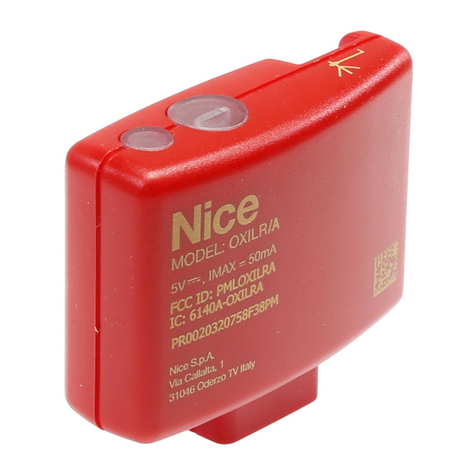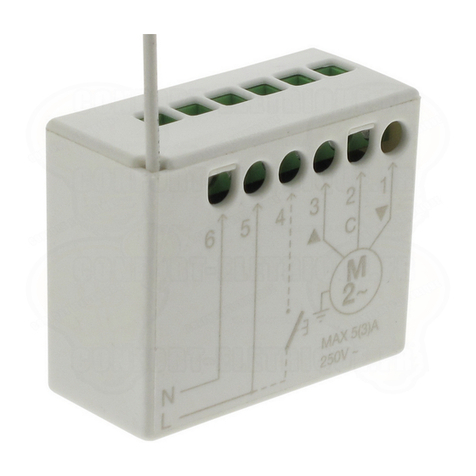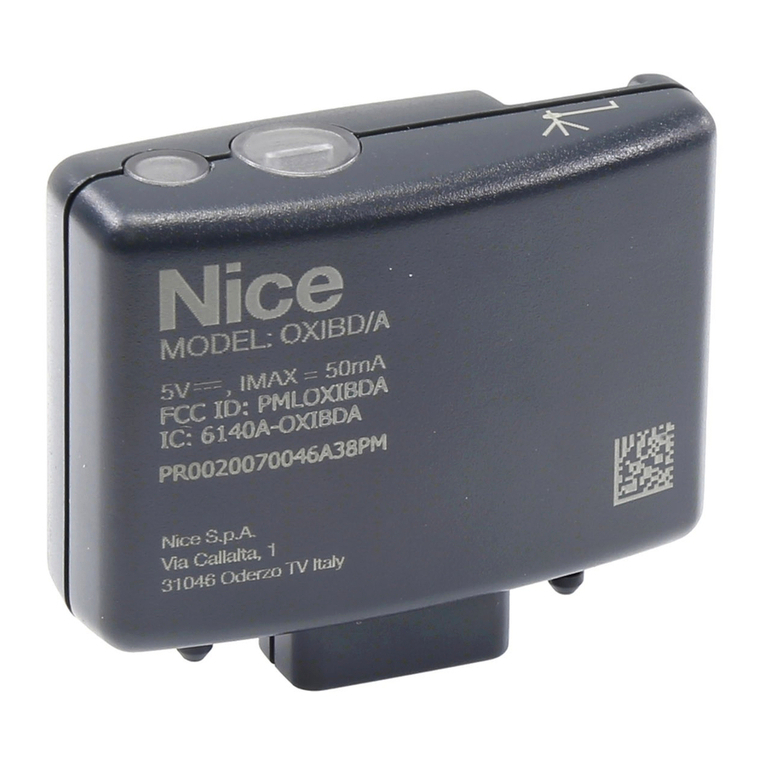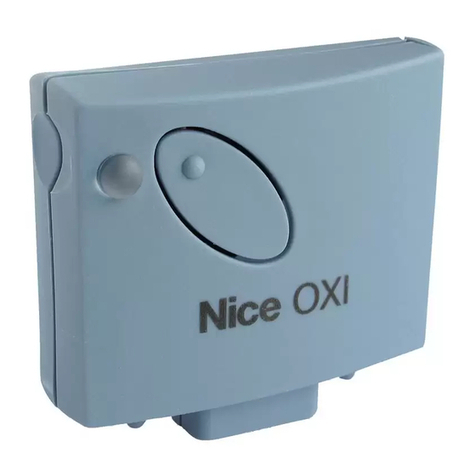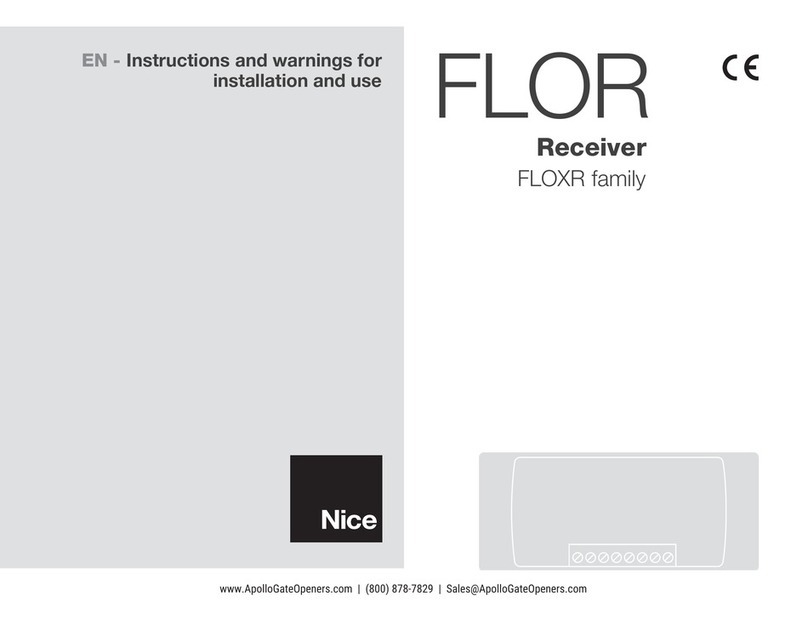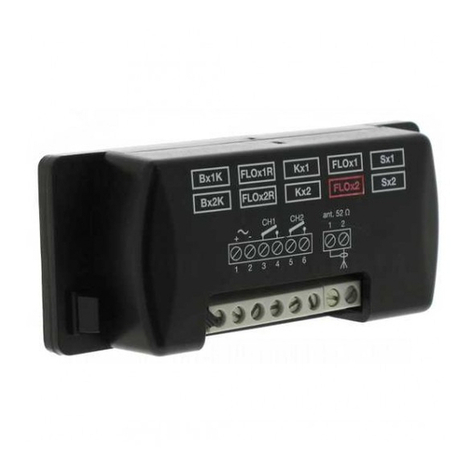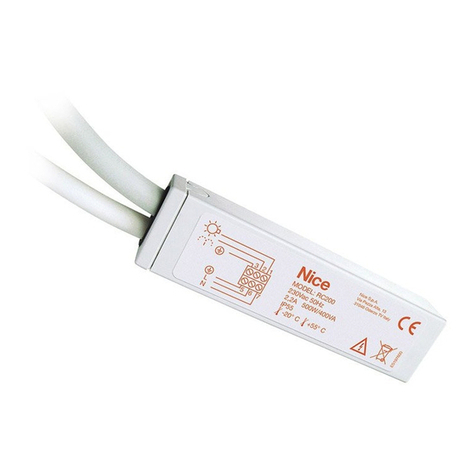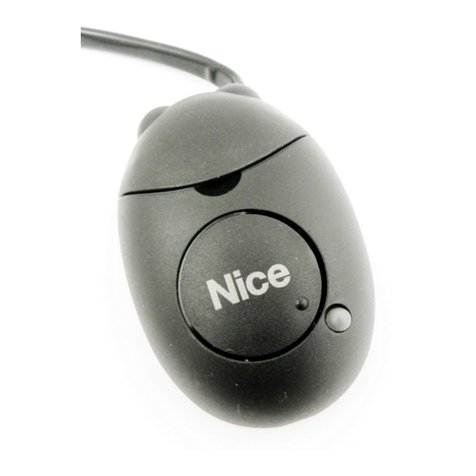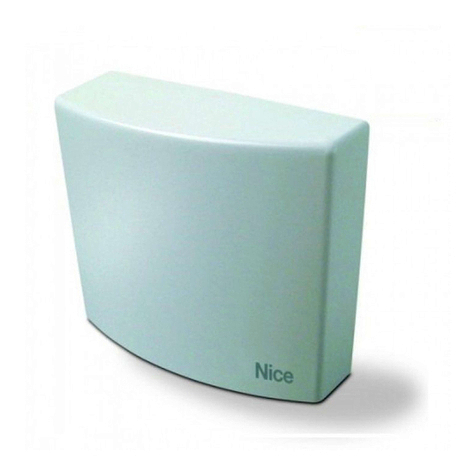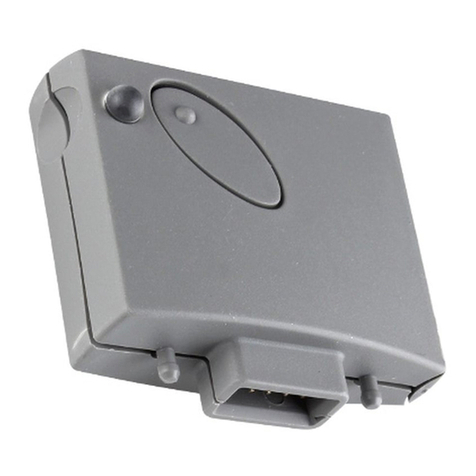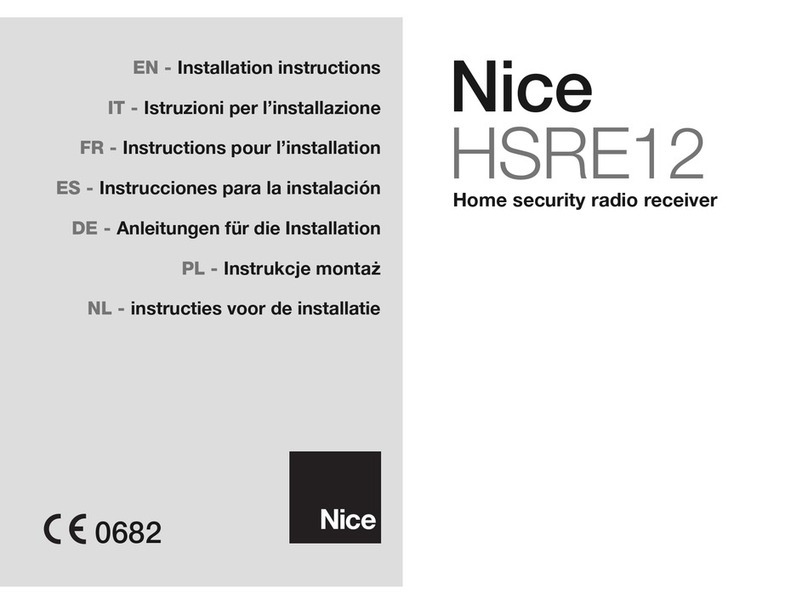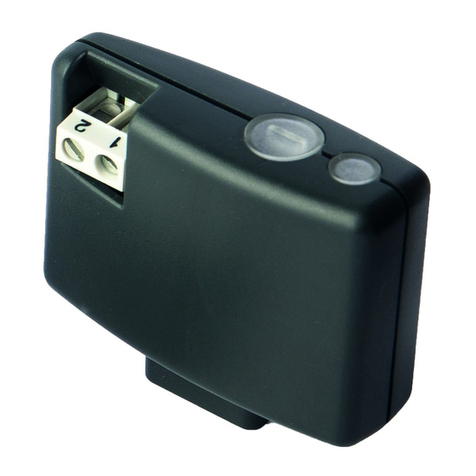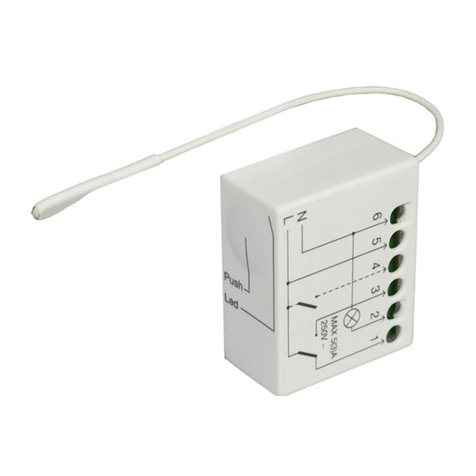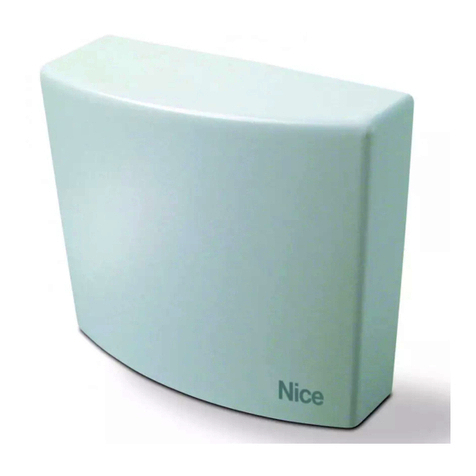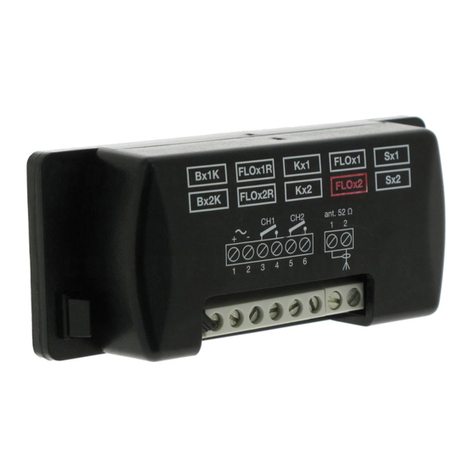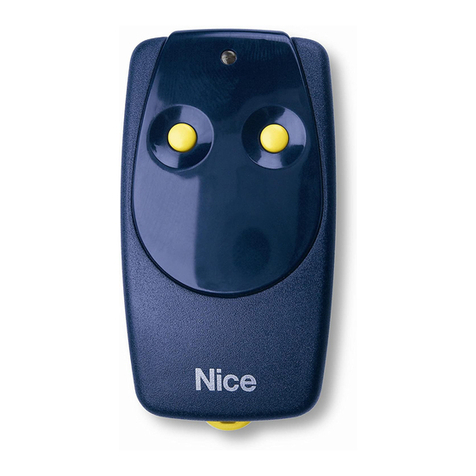
Wireless communications:
The transmitter power of the RB02 and RPT1 is .00035 Watts. By contrast your cell phone
can put out 3 Watts or roughly 10,000 times the power. We are continuously asked about the
operating distance of the wireless cab. There are many factors governing the useful range of
wireless products. The RB02/RPT1 operates in the ISM (Industrial, Scientific and Medical)
radio band at 916.5 Megahertz (MHz). Many cordless phones, wireless computer networks,
home automation systems, and wireless security devices also operate in this portion of the
radio band and all contribute to radio interference. Radio waves are like one big telephone
‘party line’ where everyone is talking at once. A device using these radio waves must attempt
to sort out what ‘voices’ are relevant to its operation and which ones are noise. If there is too
much noise it can’t do this successfully and will operate poorly or not at all.
Indoor radio propagation is an issue for special consideration. The human body readily
absorbs radio energy in the frequency band used by the cab radios. Placement of the base
station and repeaters can mitigate blocking of the radio signal due to human body absorption.
In most indoor situations ‘dead spots’ can be found where reception is very difficult. These
can occur even if there appears to be a direct line of sight between the transmitter and
receiver. These dead spots, or ‘nulls’, are the result of multiple radio transmission paths
between two points caused by reflections off metal objects such as steel beams, screen wire,
concrete rebar, metal door and window frames, ceiling tile frames, model railroad track, etc.
Nulls occur where the path lengths differ by an odd ½ wavelength (about 6 inches at 900
MHz). Deep nulls are usually very localized and can be avoided by moving slightly, usually
only a few inches. We suggest adding one or more RPT1 repeaters if you experience severe
null areas on your layout.
Installation of the RB02:
Just plug it in to the NCE cab bus (read “RB02 Hookup” on previous page).
Radio power planning:
If you are planning to add repeaters make sure the Cab Bus jack you are using can provide
ample DC power for the RB02 and any repeaters. The RB02 needs 60mA (about 1/2 the
power of a standard ProCab) and each RPT1 requires 35mA (about 1/3 the power of a
ProCab) of DC power.
Example: An RB02 plus 5 RPT1 repeaters will draw the DC power equivalent of 2 ProCabs.
In this case if the current cab bus can handle two ProCabs plugged in at the point where you
want to connect the RB02 then you should be OK.
For installations involving more than 10 repeaters a UTP panel can be used to add power for
the repeaters. Contact the factory of specific directions on using the UTP to add radio DC
power.
RB02 Location:
We’ve found good operation can be achieved by placing the unit at about shoulder level.
We’ve also had success with placing the RB02 (or RPT1) upside down on the ceiling of the
layout room (7-10 feet high). This gets the antenna above the main body mass of operators
in the layout room so less of the radio signal will be blocked by humans. See the diagram
below for how the radio signal propagates from the antenna.
**Last revised: 8 June 2005 Page 3 RB02/RPT1
Top View
Side View Antenna Radiation Patterns
from RB02 or RPT1 when using
the supplied 1/2 wave antenna
The pattern is a 'Torus' (donut) shape
